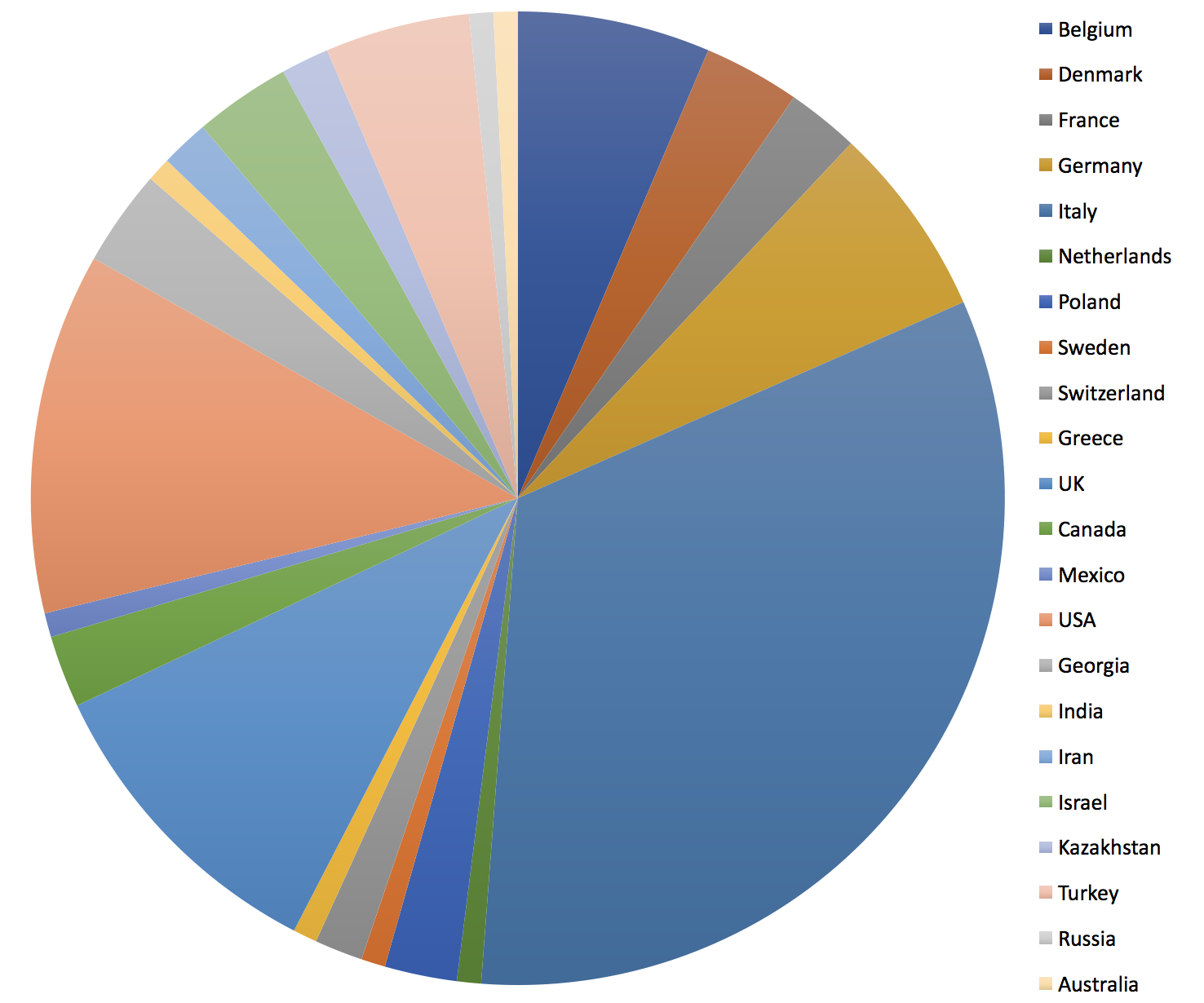International Participation
There were 125 participants from 22 countries, for the 1st International Conference of Wheat Landraces which made it a truly international event. The graph on the right shows where the participants came from.
You can find a list of participants here.
Over the course of the three days, from June 13 - 15, 2018, participants from across the globe gathered in Bologna, Italy, to share their experiences, research and knowledge on wheat landraces. The conference program outlines who made presentations and their topics including the keynote speakers. You can read more about them here. You can also go here to watch all the presentations as well as summaries of the poster boards as given by their authors.

Background
Since WWII there has been a great effort to breed and select new varieties of wheat that will increase yields in production and efficiency in processing. The overall goal was to produce a cheap and plentiful supply of bread. Nutritional considerations were not a major part of this program.
The goal has certainly been achieved but serious unintended consequences have resulted. Many people (estimated to be between 12 & 20%) in the industrialized world can no longer eat modern wheat products without health or digestive problems. A few scientists have recognized this problem and are beginning to look for solutions.
A growing amount of research is now being conducted on landraces including selected modern populations, ancient and heritage wheat with a focus on health and nutrition as well as natural flavors and aromas. Much progress has been made in understanding the sensitivity problems that so many people are experiencing from modern wheat. At the same time the anti-inflammatory nature of ancient wheat and the important effect that it potentially has to help reduce or prevent chronic disease is beginning to be realized. Still others are attempting to find wheat that is better adapted for organic systems as opposed to expensive high-input chemical dependent systems. There are also some who are studying the nutritional comparison of food processed by different methods. Many of these scientists work independently of one another and often face ridicule and lack of support by their institution and peers. This was the first opportunity for these like-minded scientists to come together in a World Conference to discuss these topics in a positive spirit of problem solving.
8 GOALS REACHED BY THE CONFERENCE
1. We brought together for the first time from all parts of the world researchers, farmers, millers and bakers with an interest in wheat landraces and health.
2. We insured diversity with 125 attending from 22 countries.
3. We had 28 guest speakers and 24 poster board presenters. This line up helped us all to learn many new things.
4. We had the opportunity to exchange ideas and during our field day, we were able to view many of the wheat landraces growing side by side that were sent in by the delegates.
5. New ideas and thoughts were stimulated especially during our open session discussing ideas for definition of terms common to our work but not well defined.
6. We made new friends from all over the world.
7. We had fun, enjoyed good food, including many dishes made from landrace wheat.
8. We voted overwhelmingly (more than 90%) to have another conference in 2 years and to unite our efforts throughout the world by creating a new association.
See the post-conference report to get an impression of the conference.
